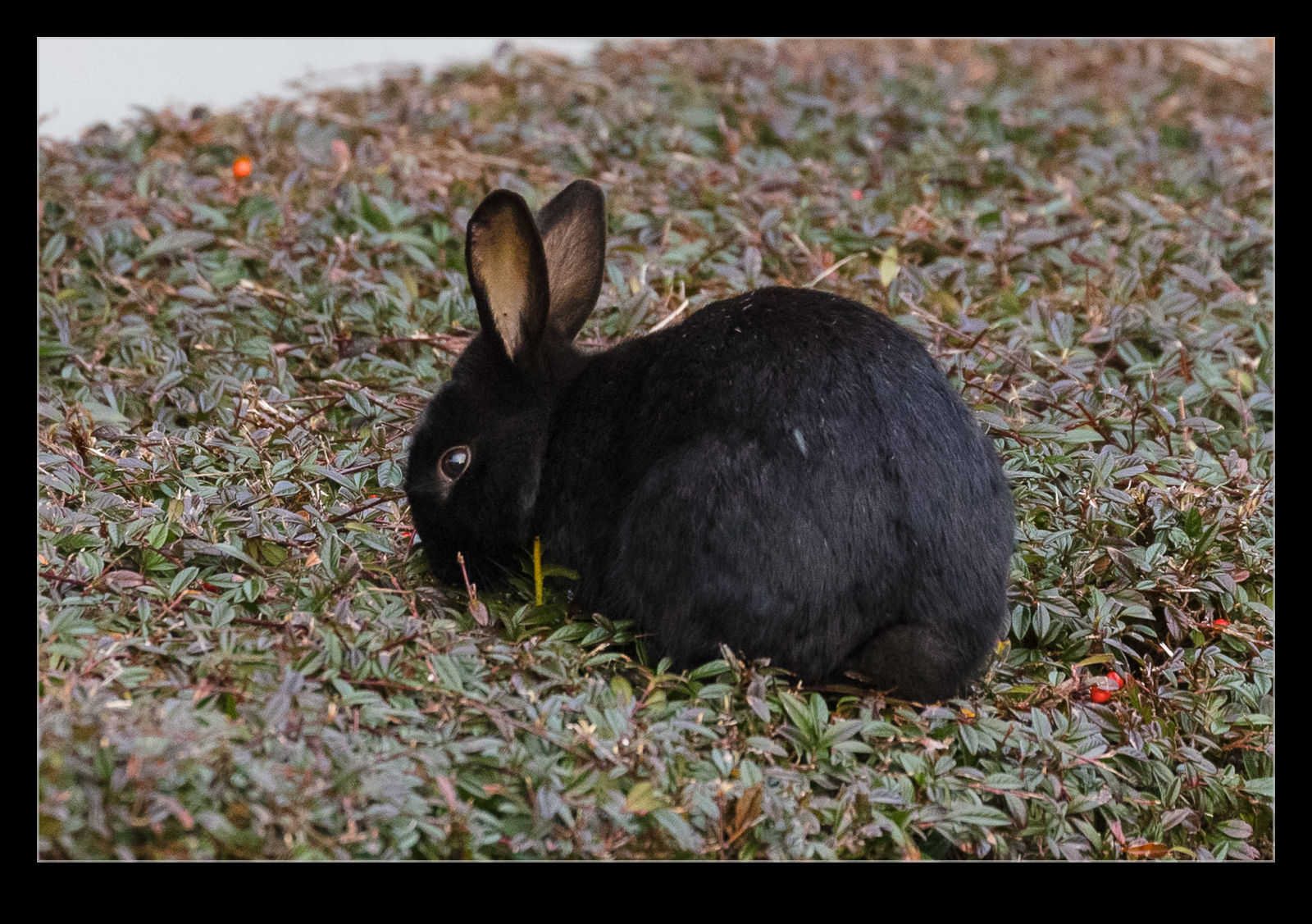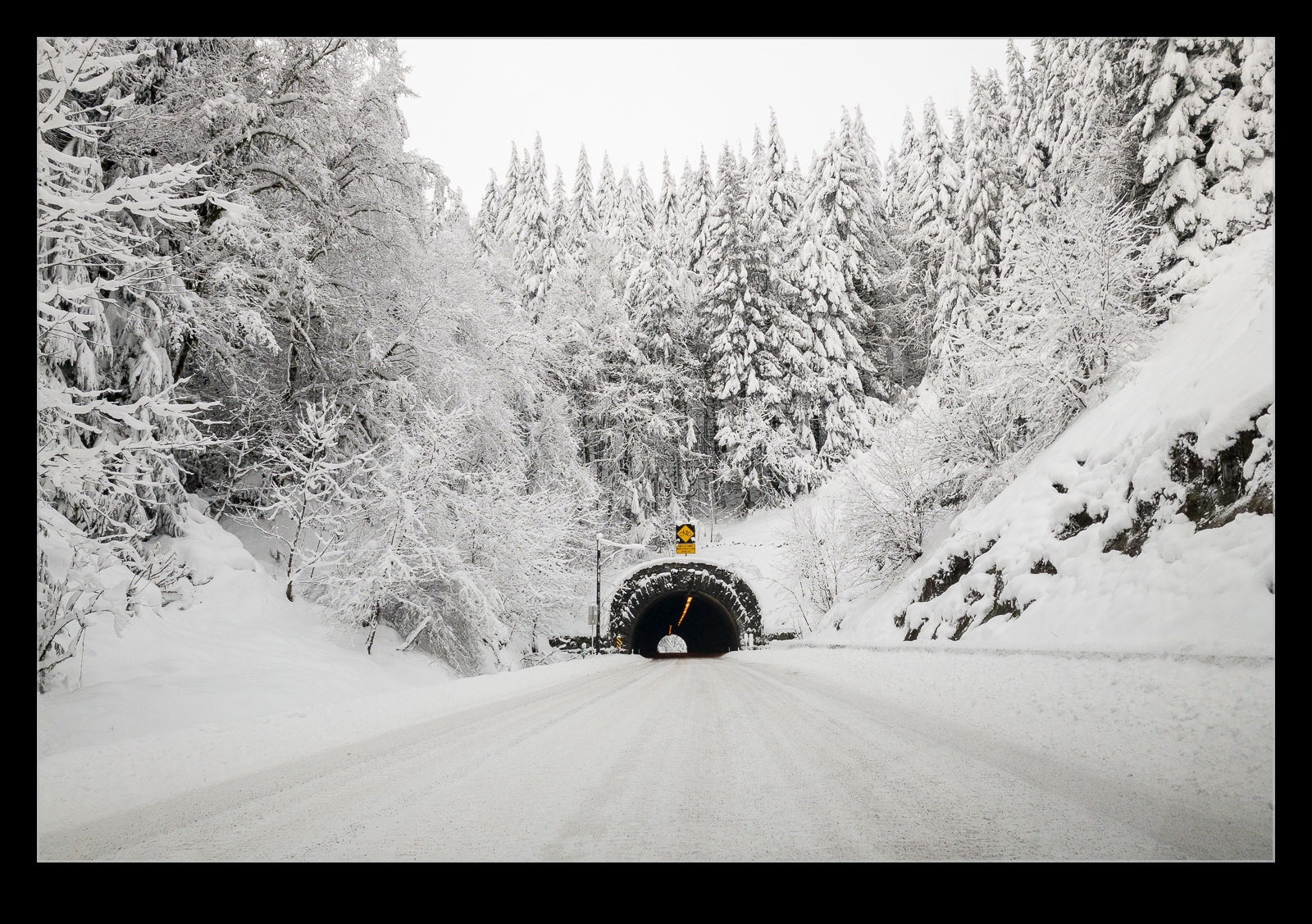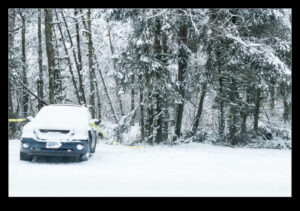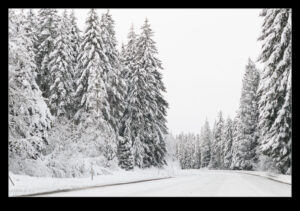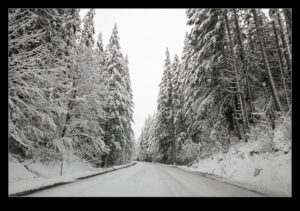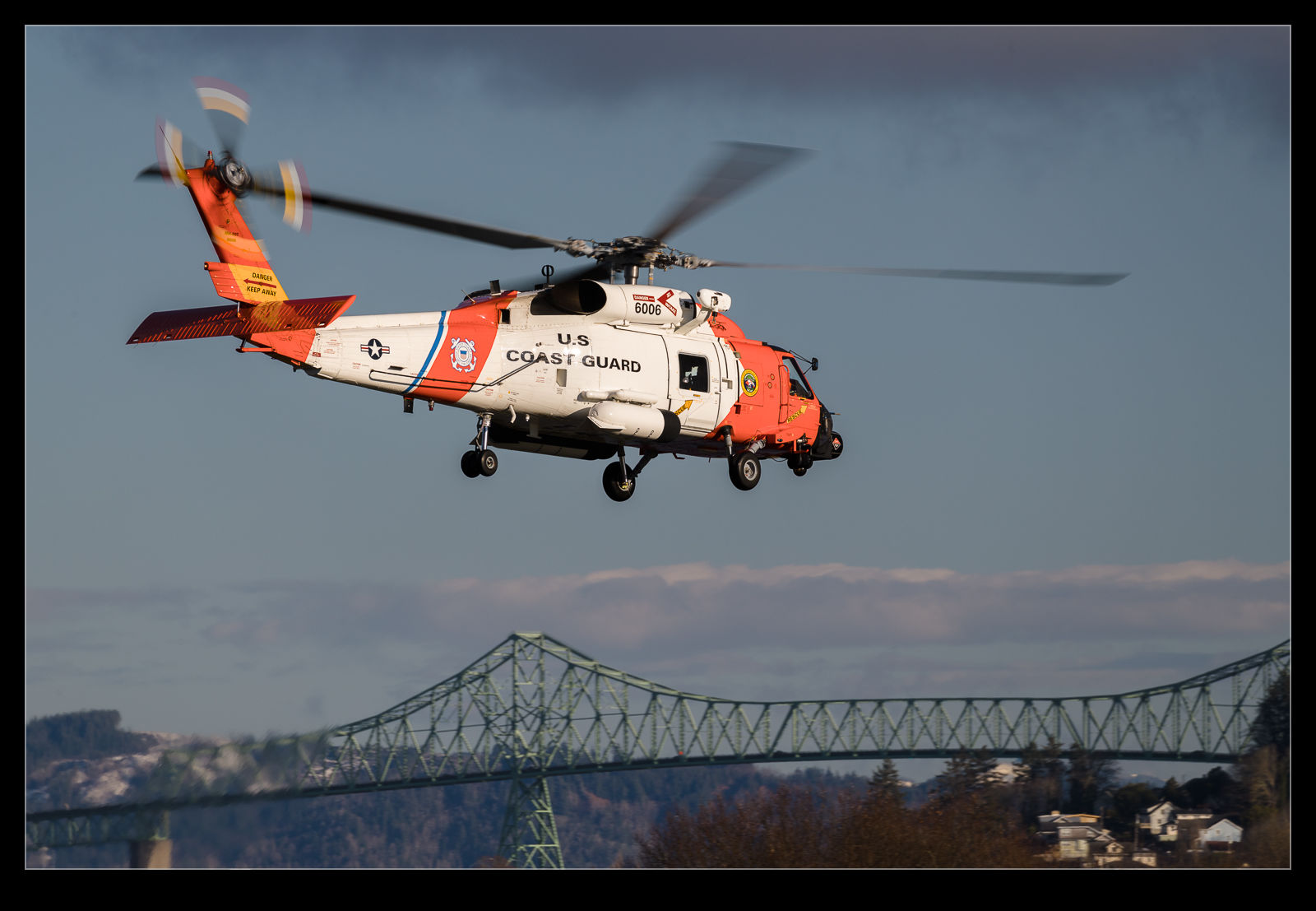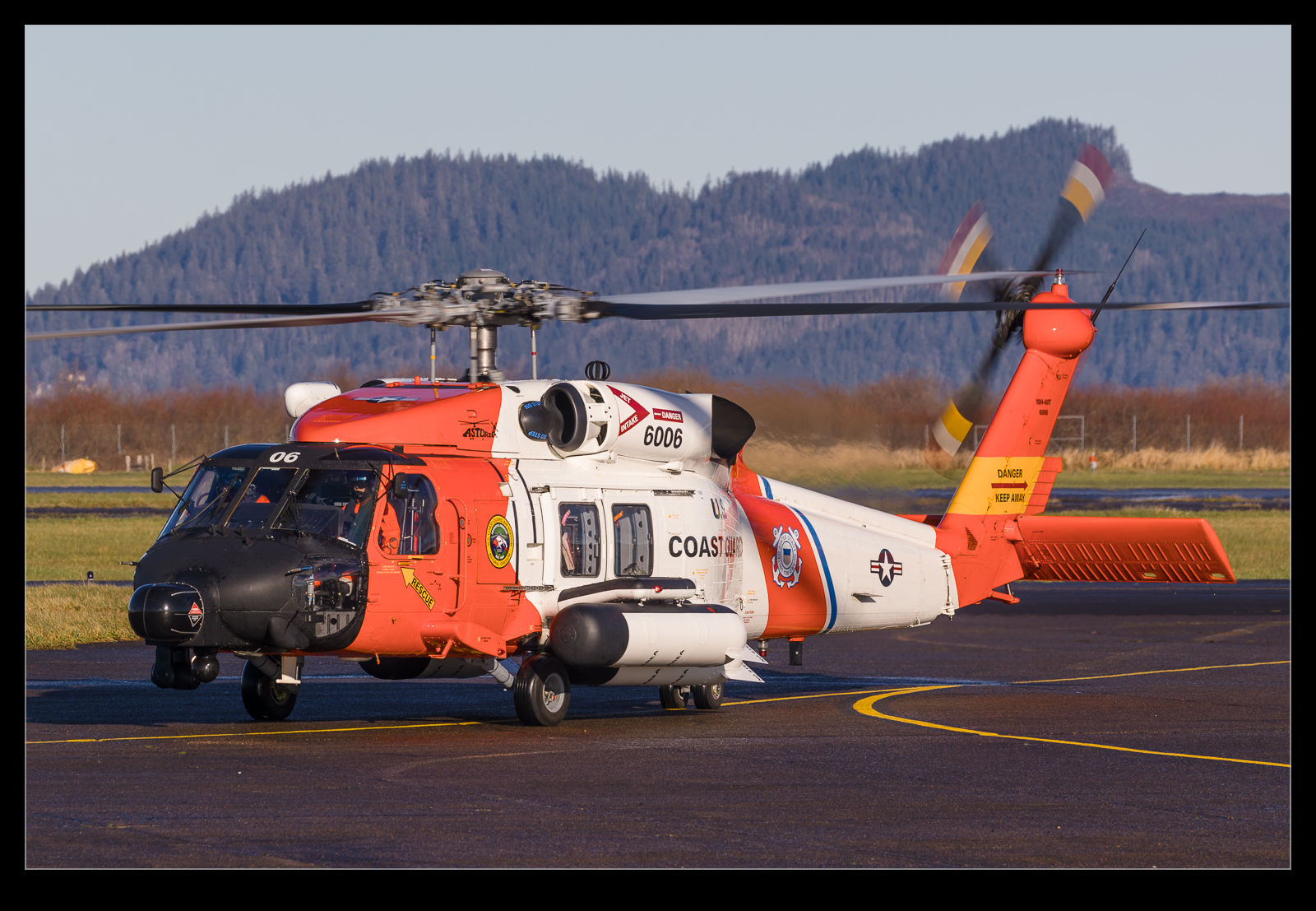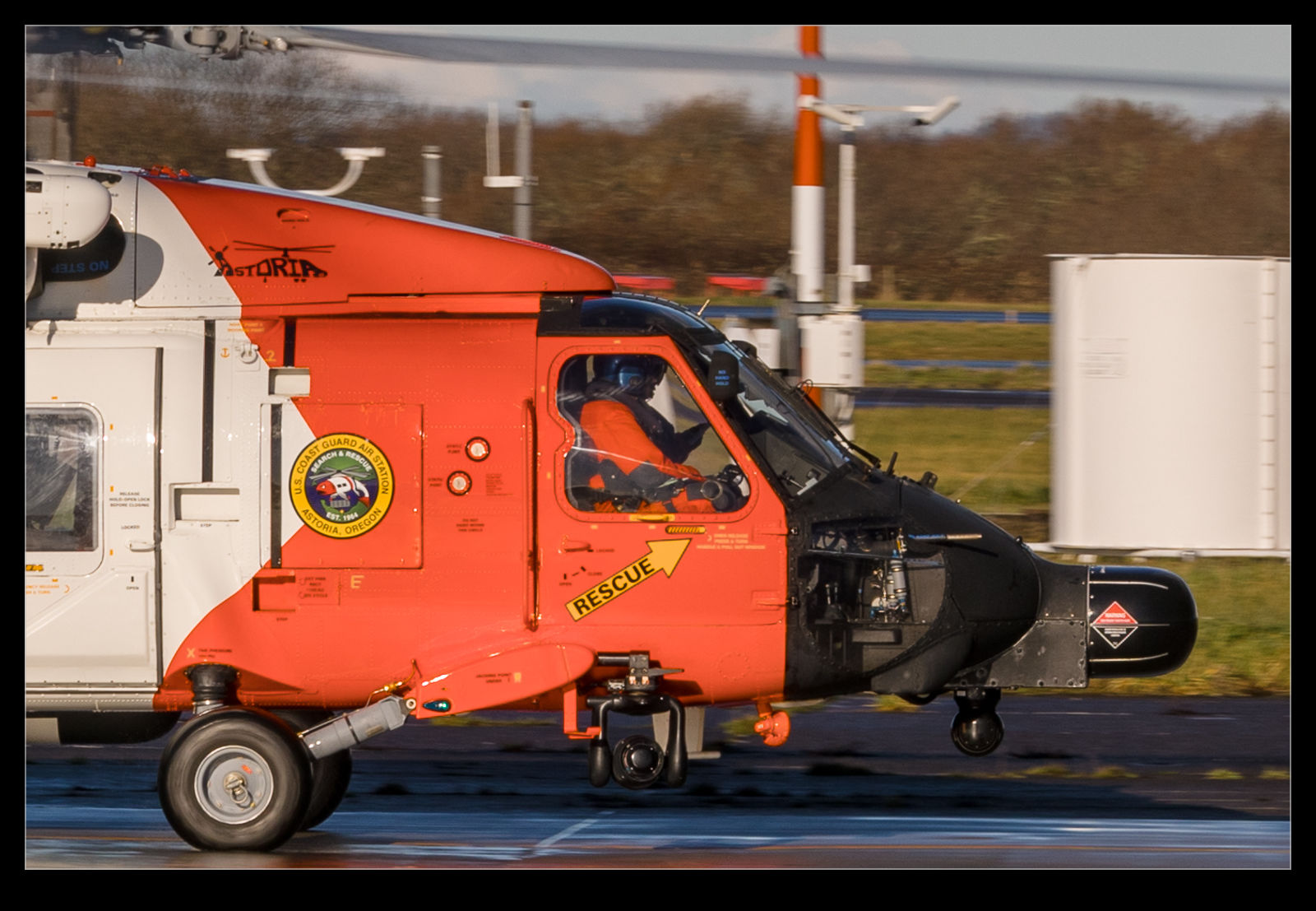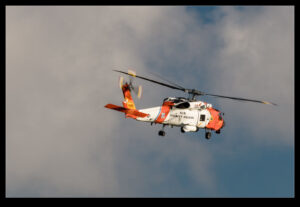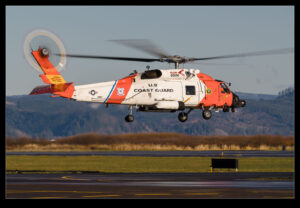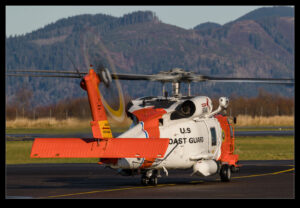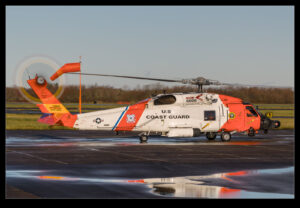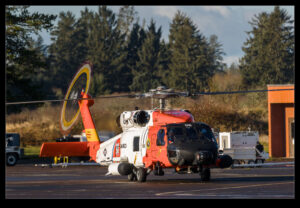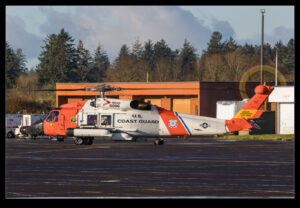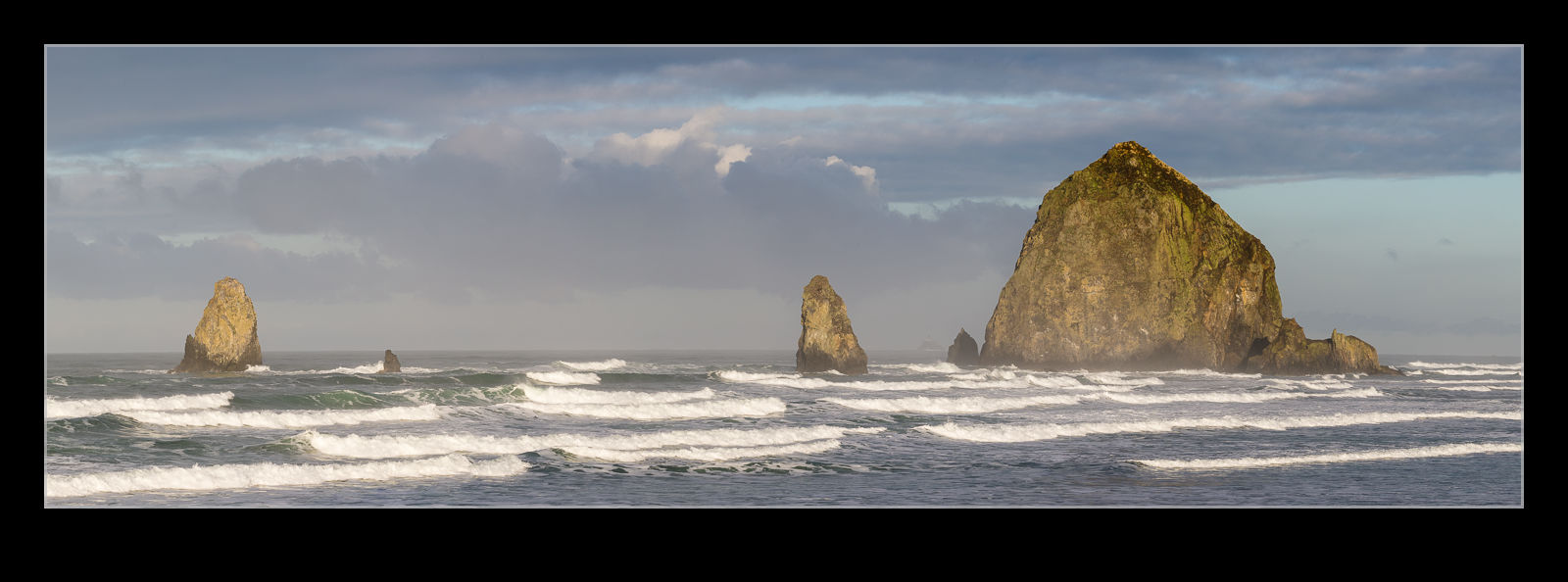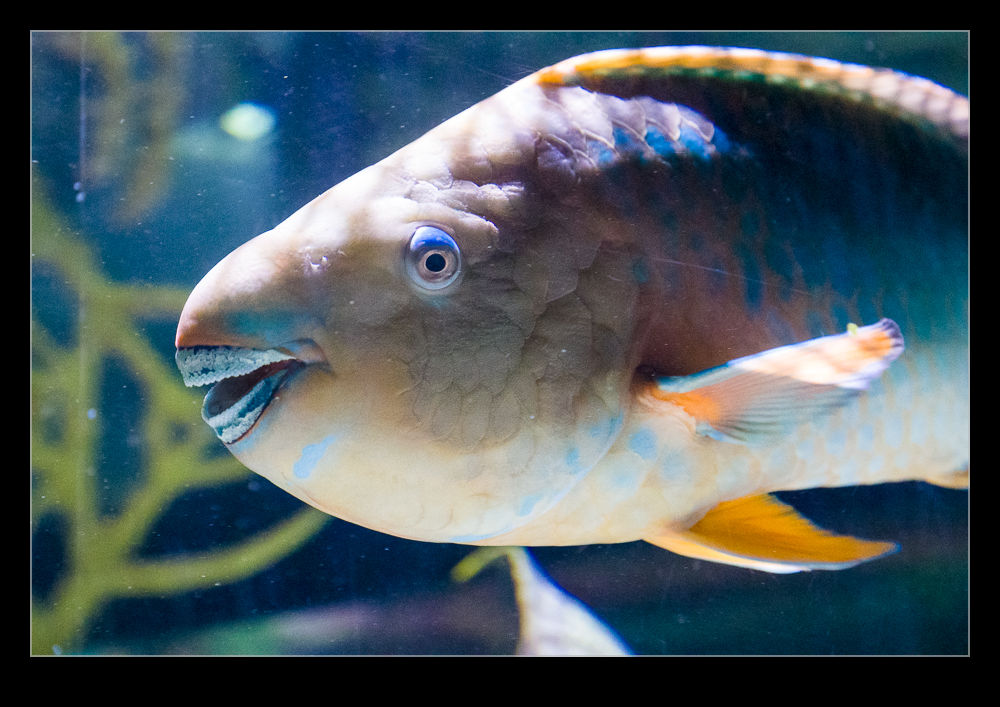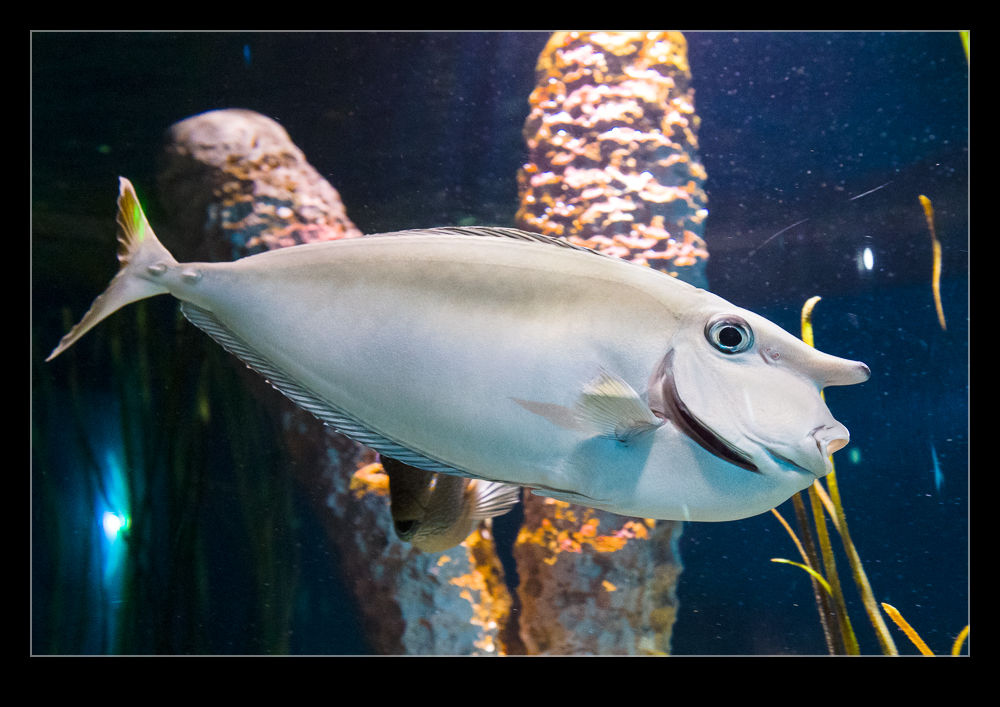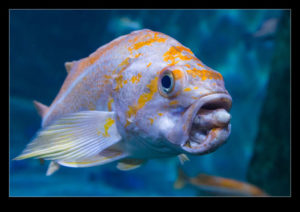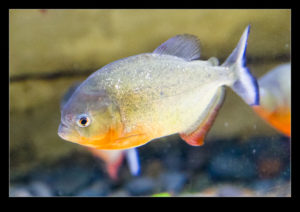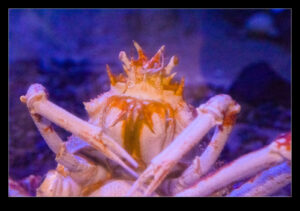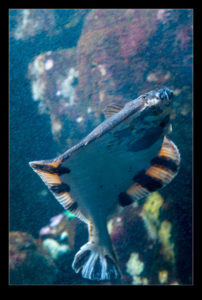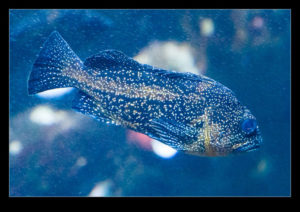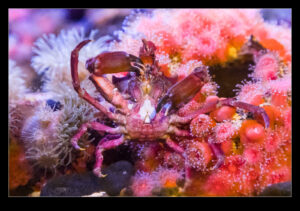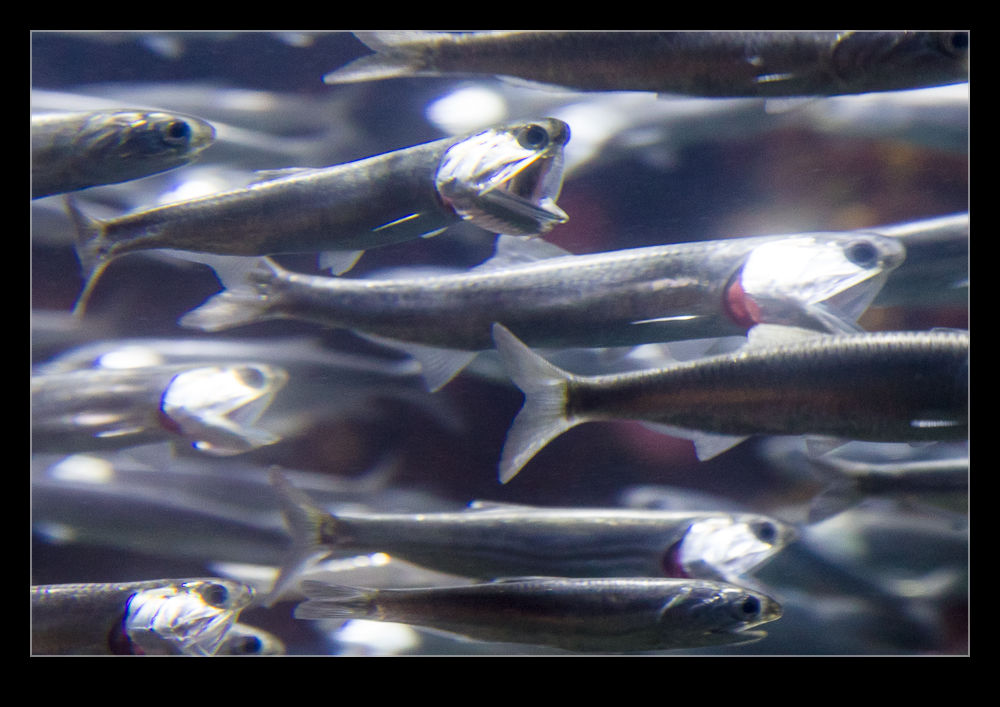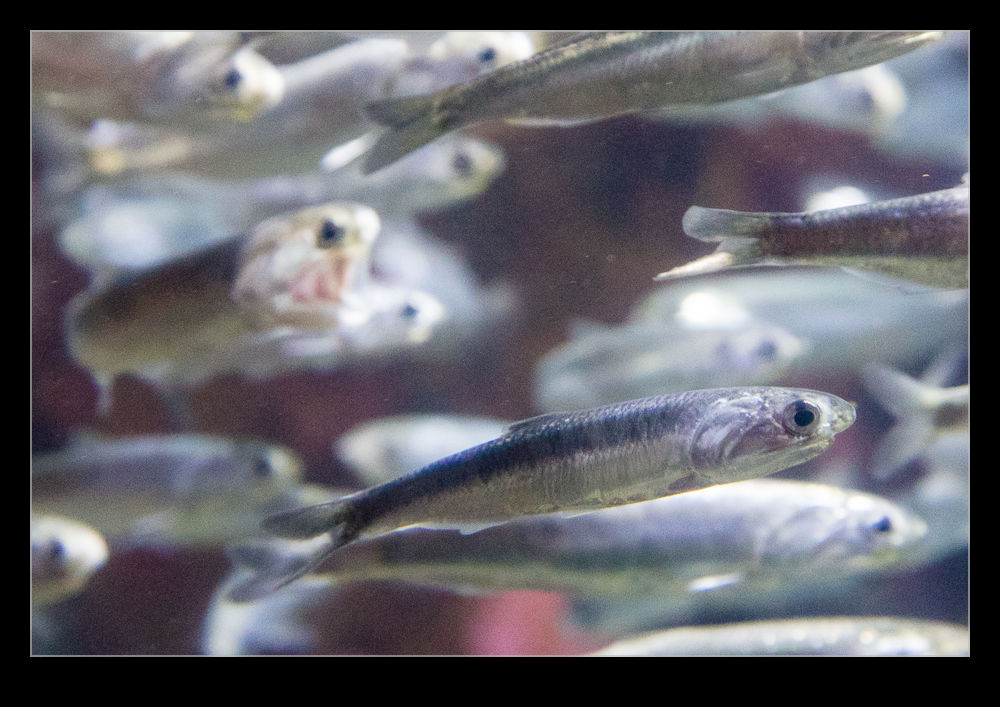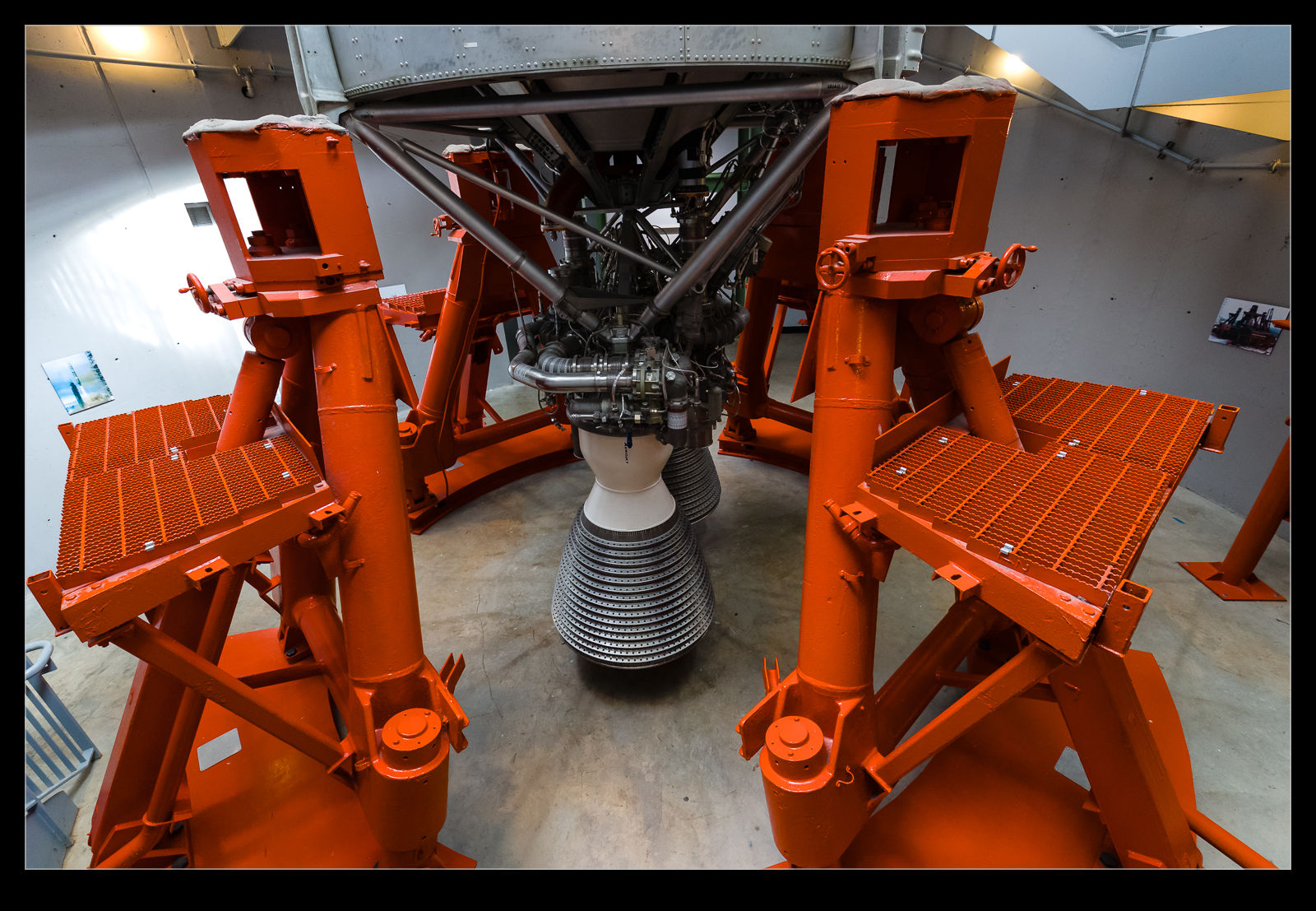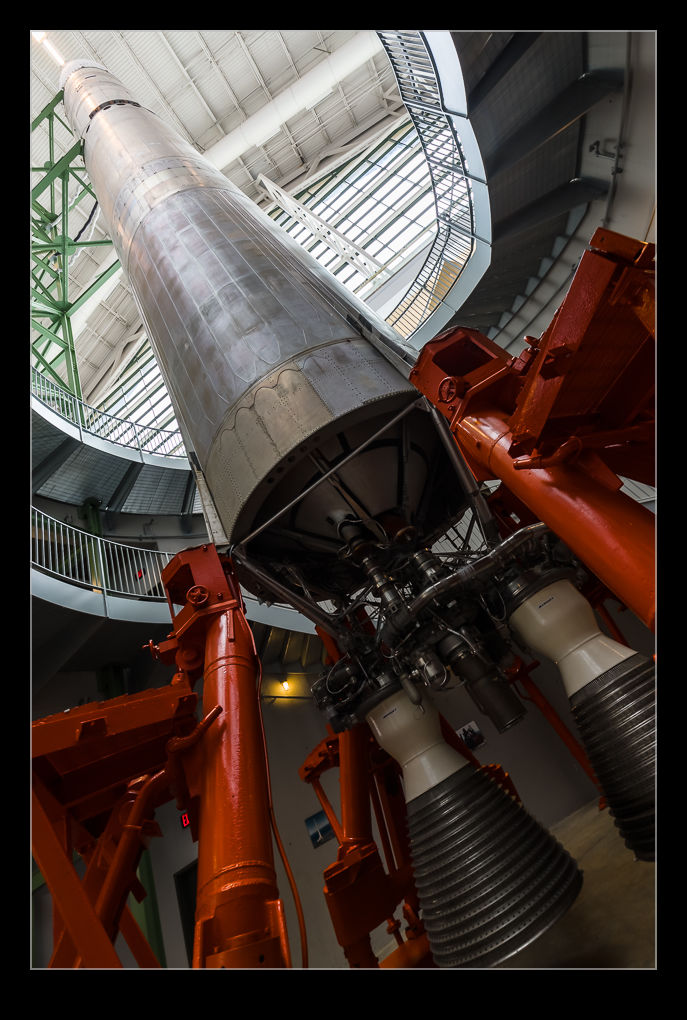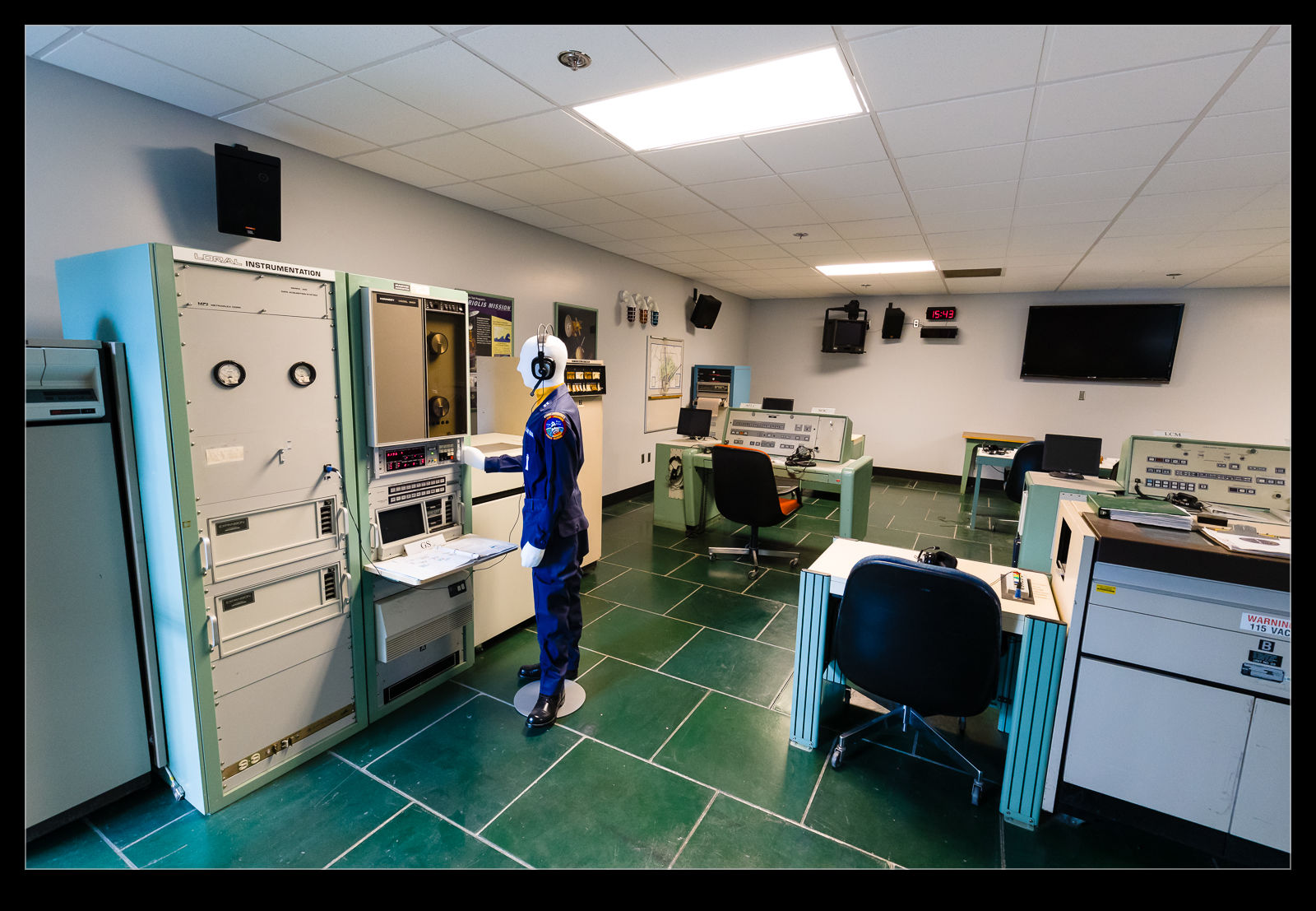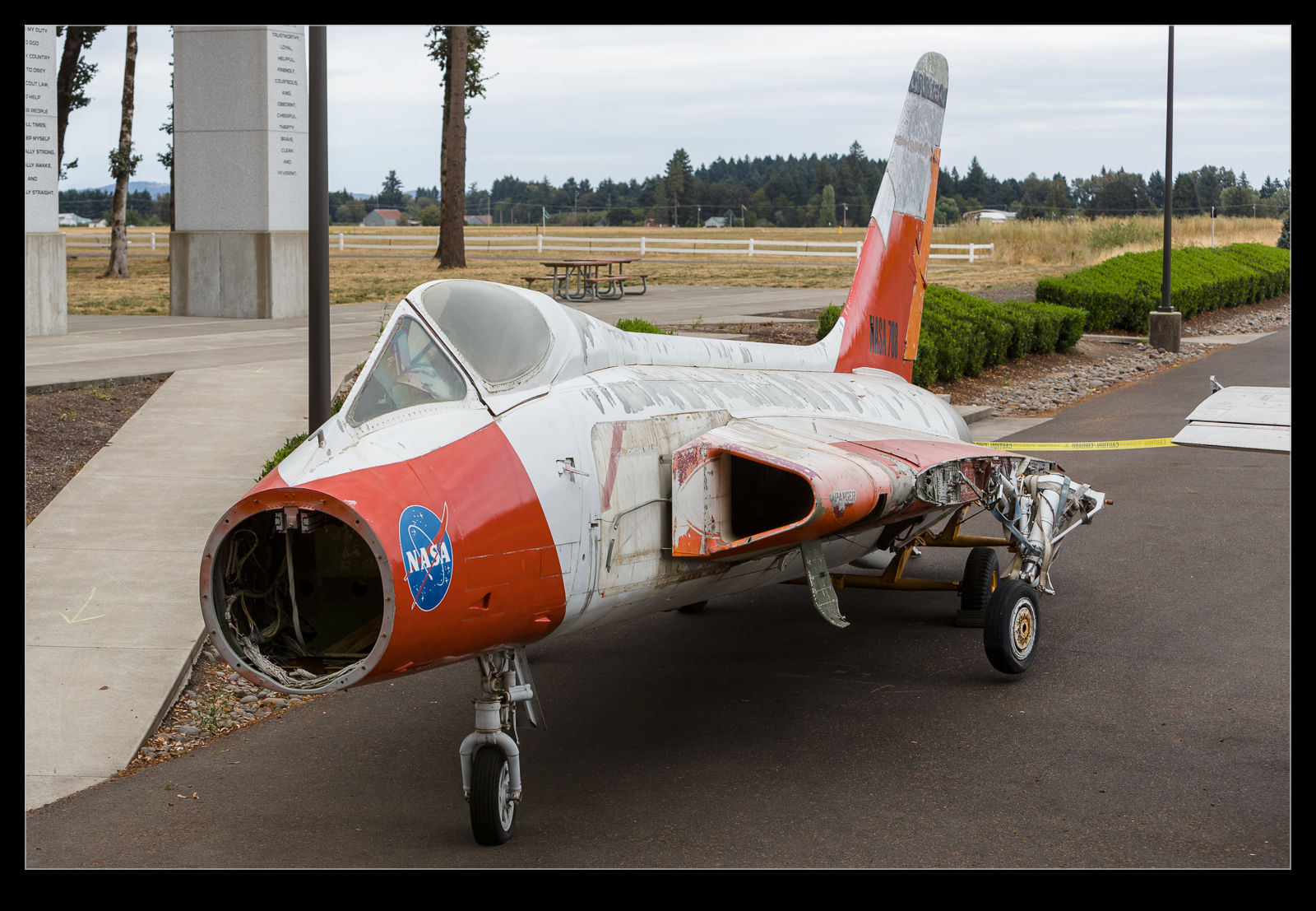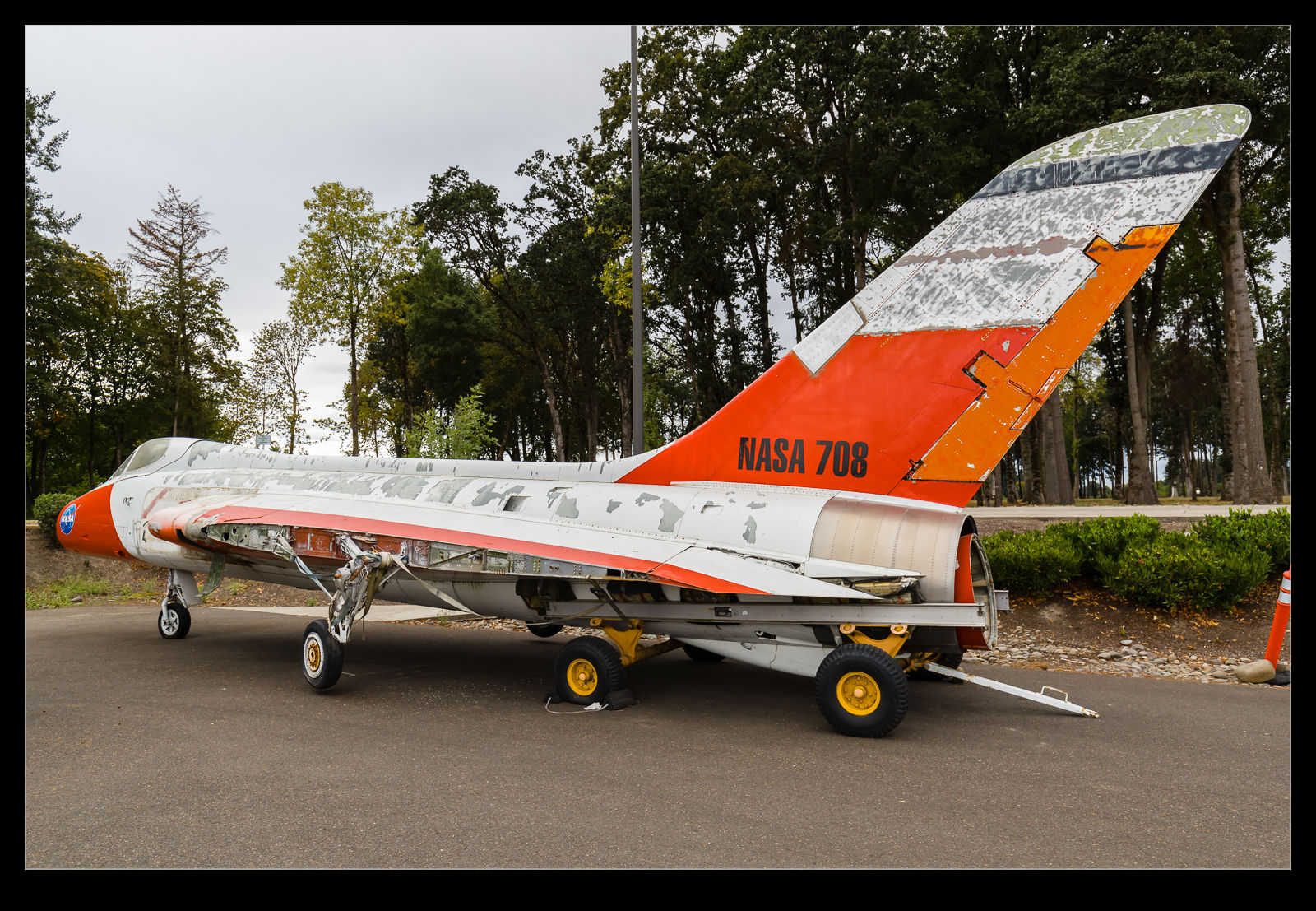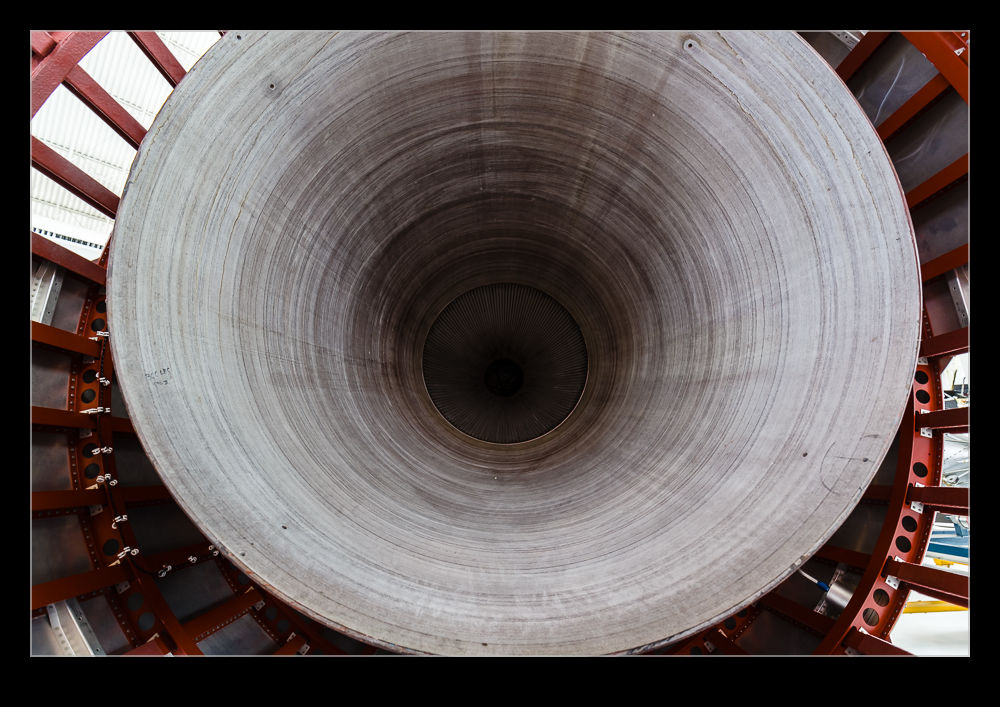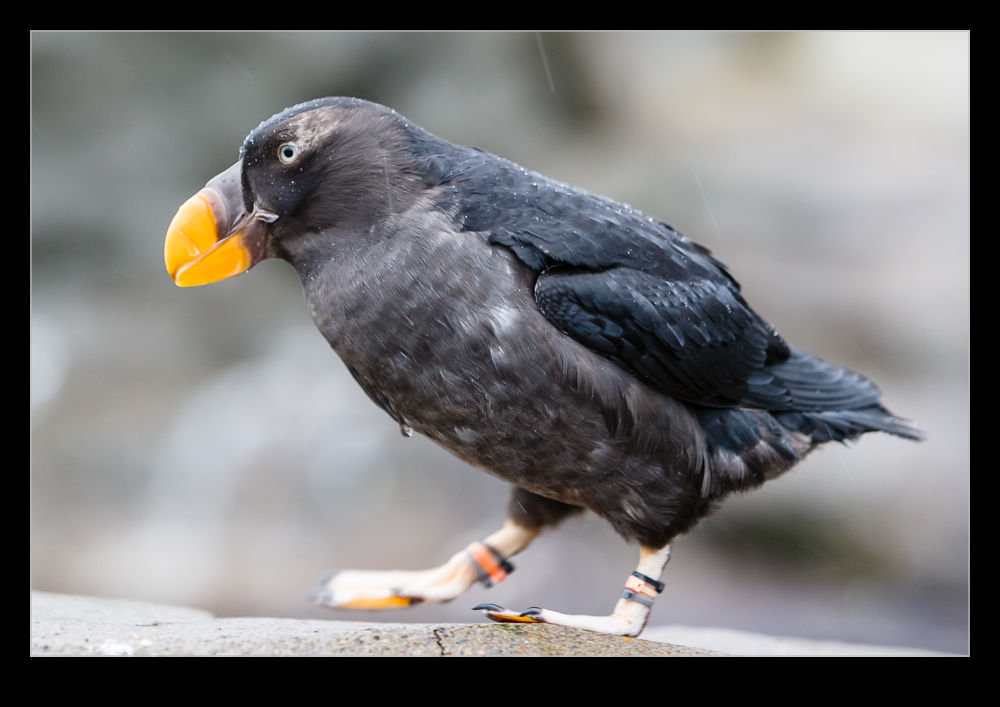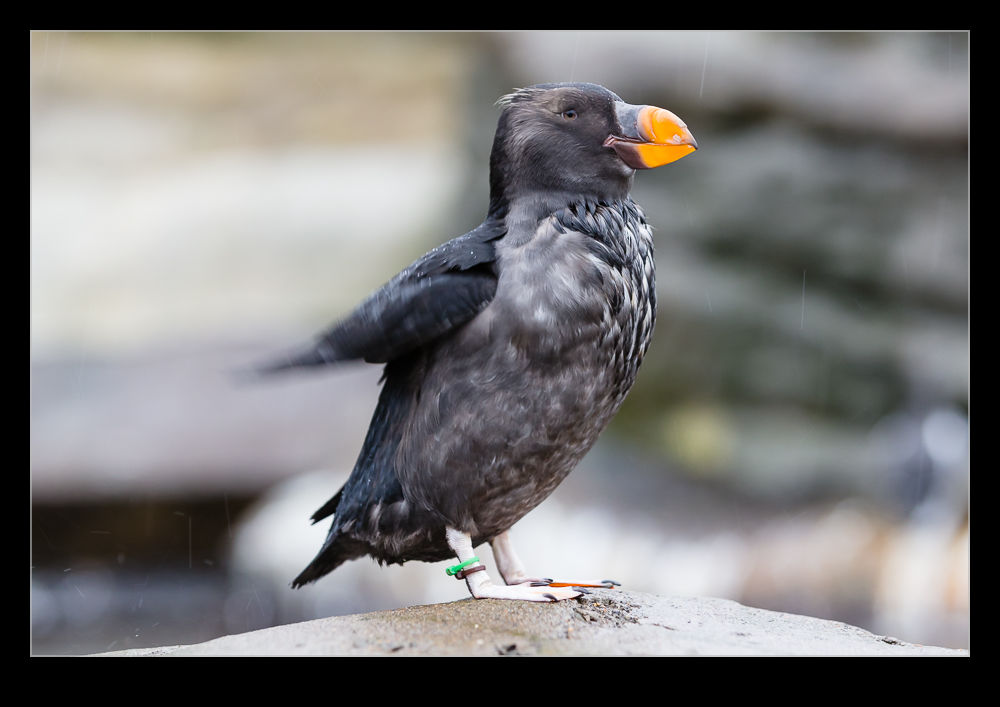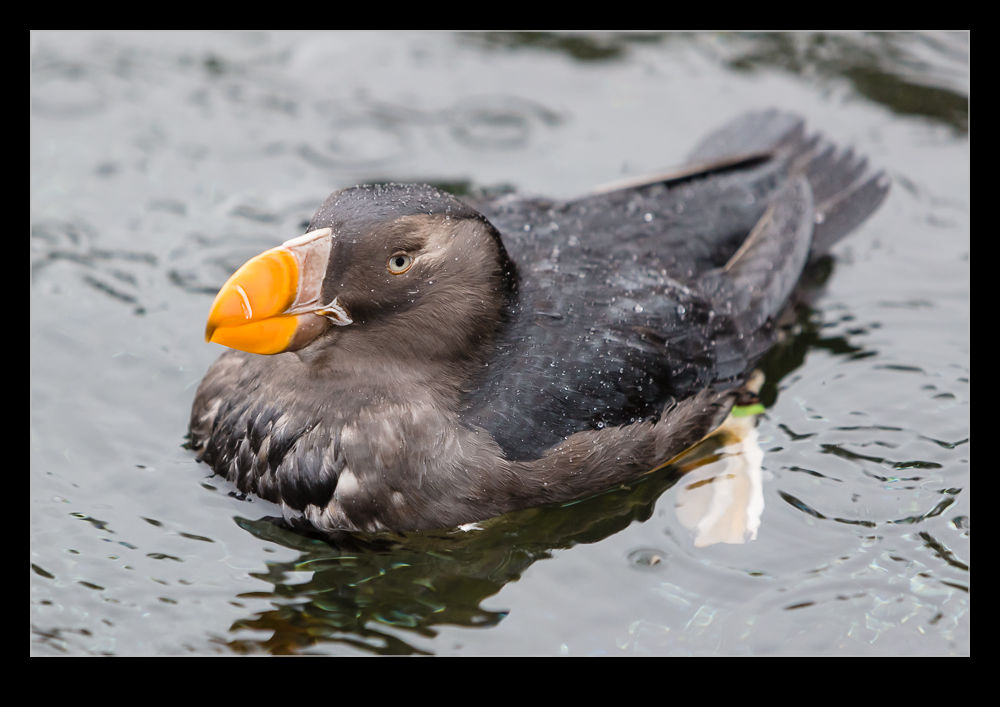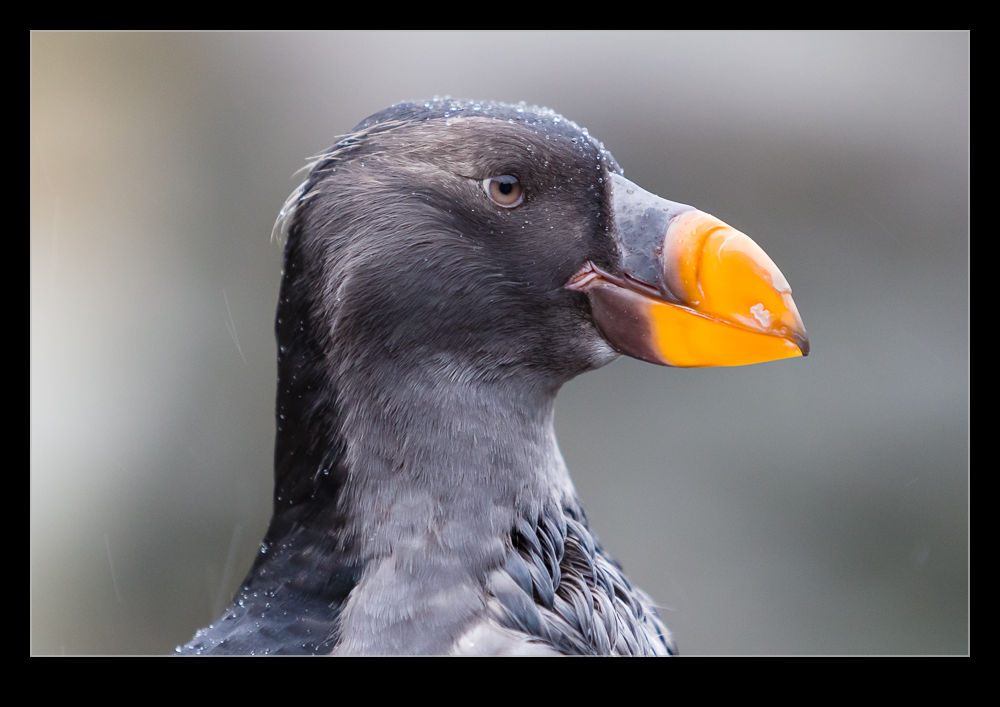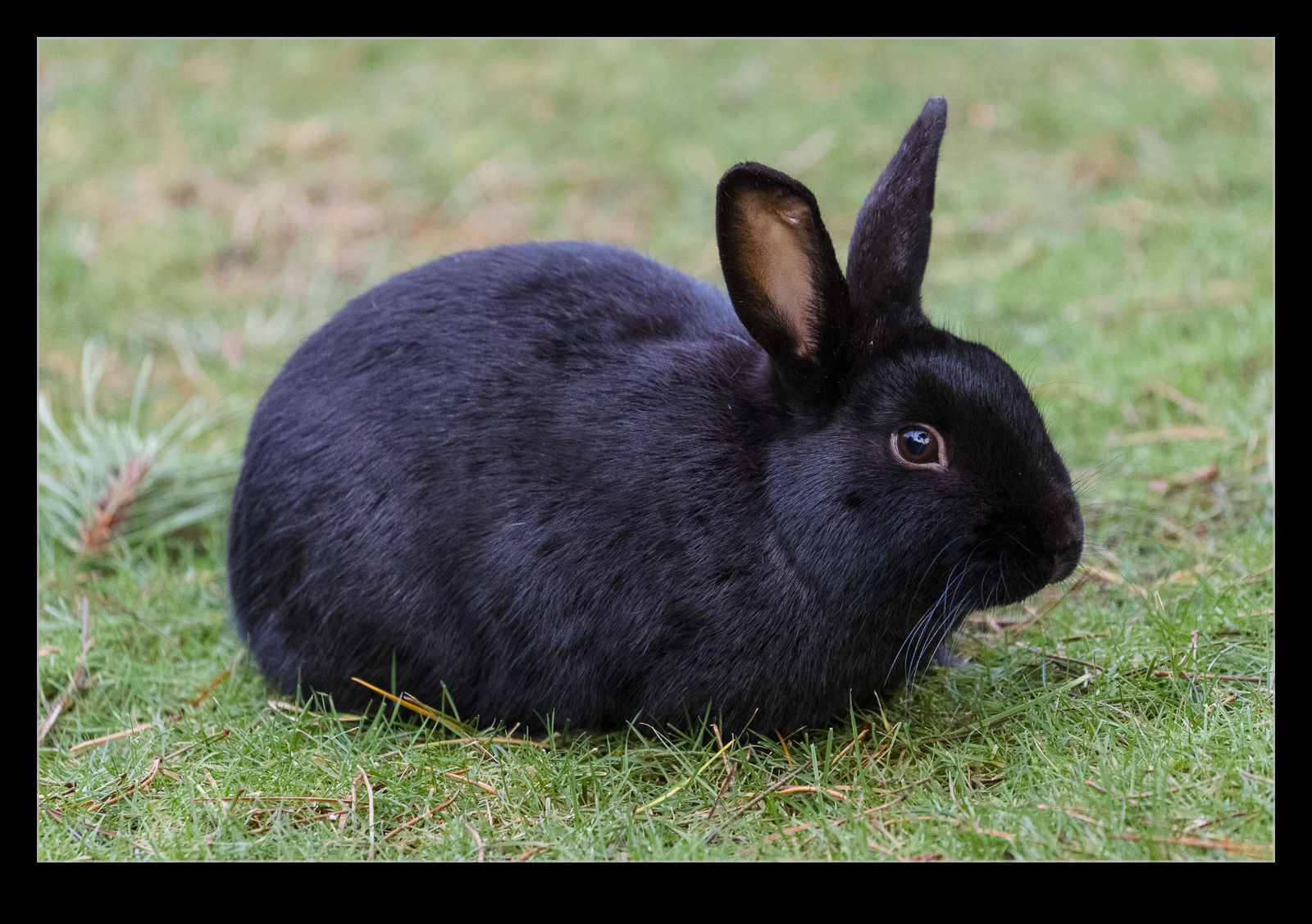 We were walking through Cannon Beach back towards our hotel when we saw a couple of black rabbits eating grass by the road. They didn’t seem easily spooked by our presence and we walked on our way. A little internet searching when we were back in the hotel explained that there is a population of black rabbits in Cannon Beach that are descended from rabbits that people have released. They are big rabbits compared to those we see around here.
We were walking through Cannon Beach back towards our hotel when we saw a couple of black rabbits eating grass by the road. They didn’t seem easily spooked by our presence and we walked on our way. A little internet searching when we were back in the hotel explained that there is a population of black rabbits in Cannon Beach that are descended from rabbits that people have released. They are big rabbits compared to those we see around here.
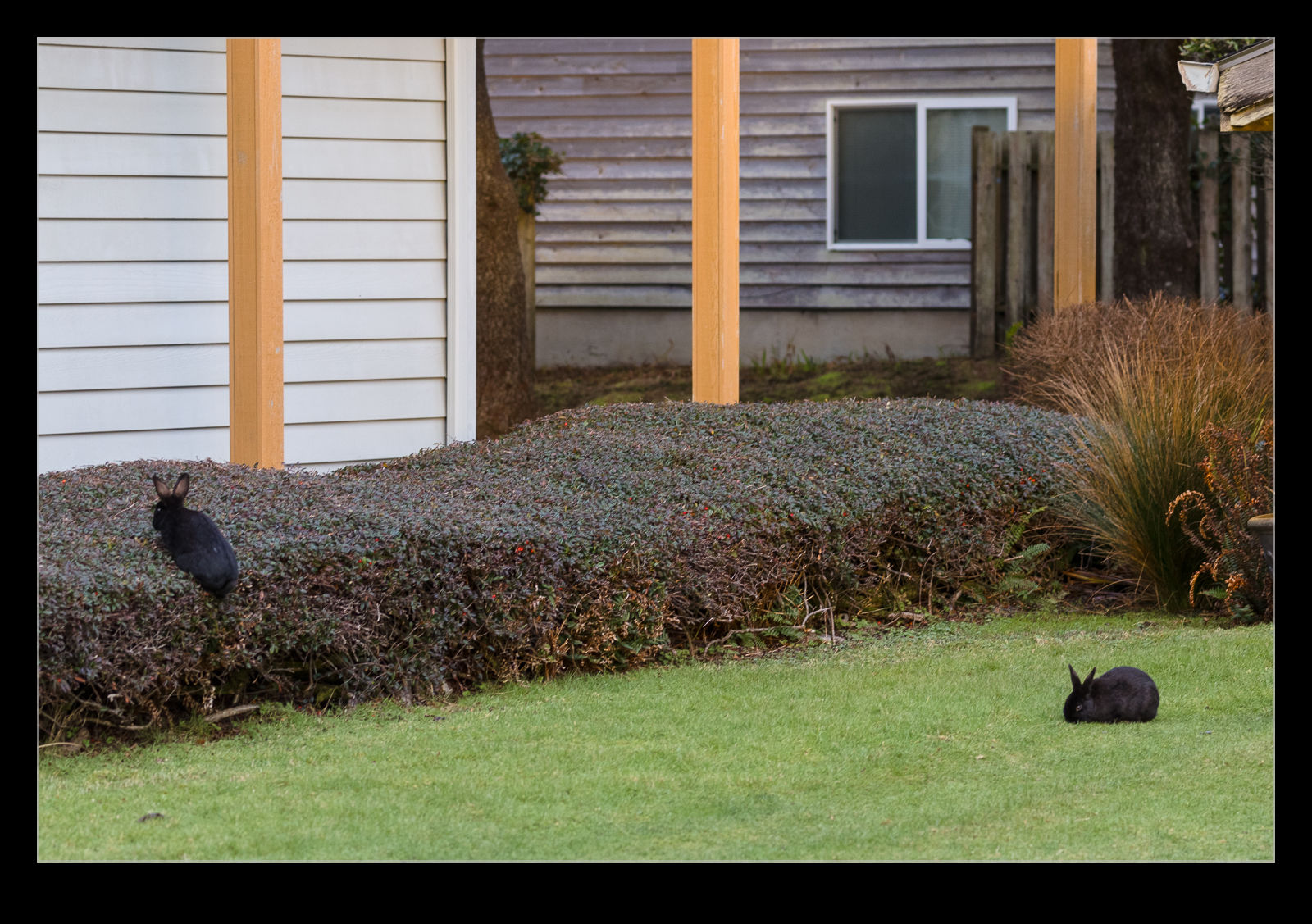 I decided to grab the camera late one afternoon to see if I could get any photos of them. I didn’t have long to look but figured it was worth a try. I had walked about ten meters when I saw my first rabbits. There were a bunch of them within a block of the hotel. I saw some on an open area of grass and one that was closer to me did run away towards a bush. It them leapt up on top of the bush and stayed there chewing on the leaves. Never seen anything like that before!
I decided to grab the camera late one afternoon to see if I could get any photos of them. I didn’t have long to look but figured it was worth a try. I had walked about ten meters when I saw my first rabbits. There were a bunch of them within a block of the hotel. I saw some on an open area of grass and one that was closer to me did run away towards a bush. It them leapt up on top of the bush and stayed there chewing on the leaves. Never seen anything like that before!
